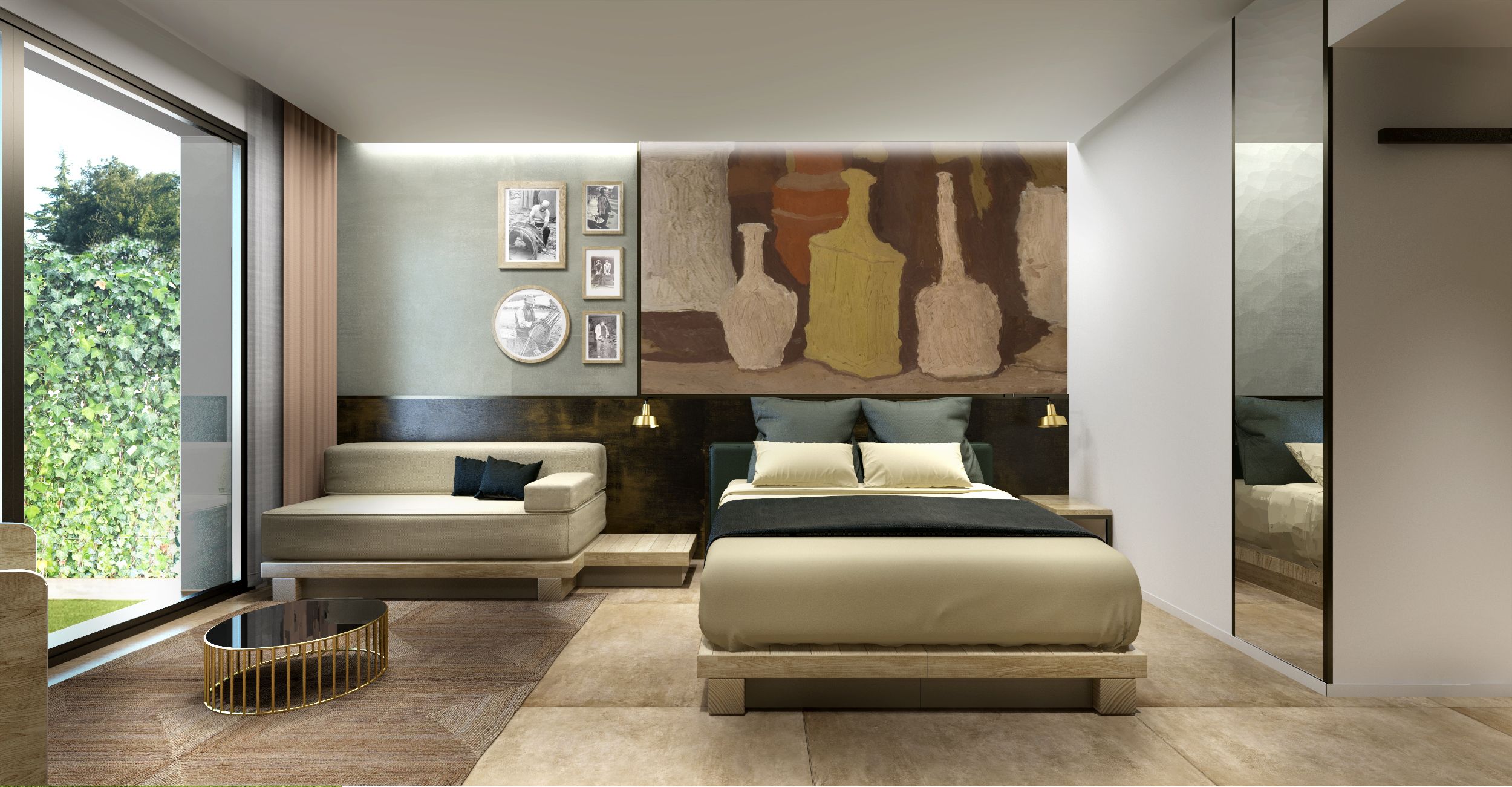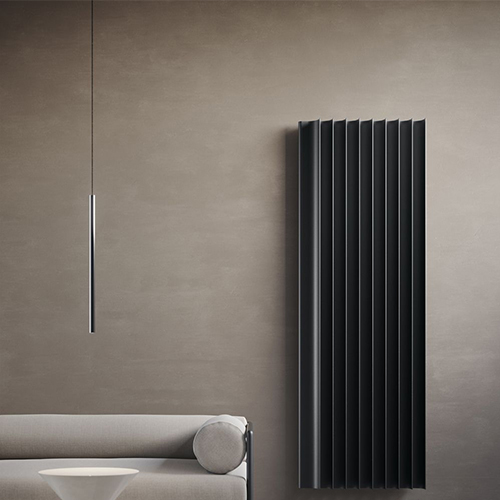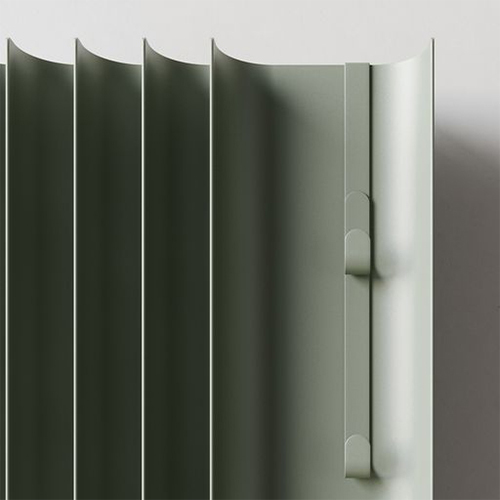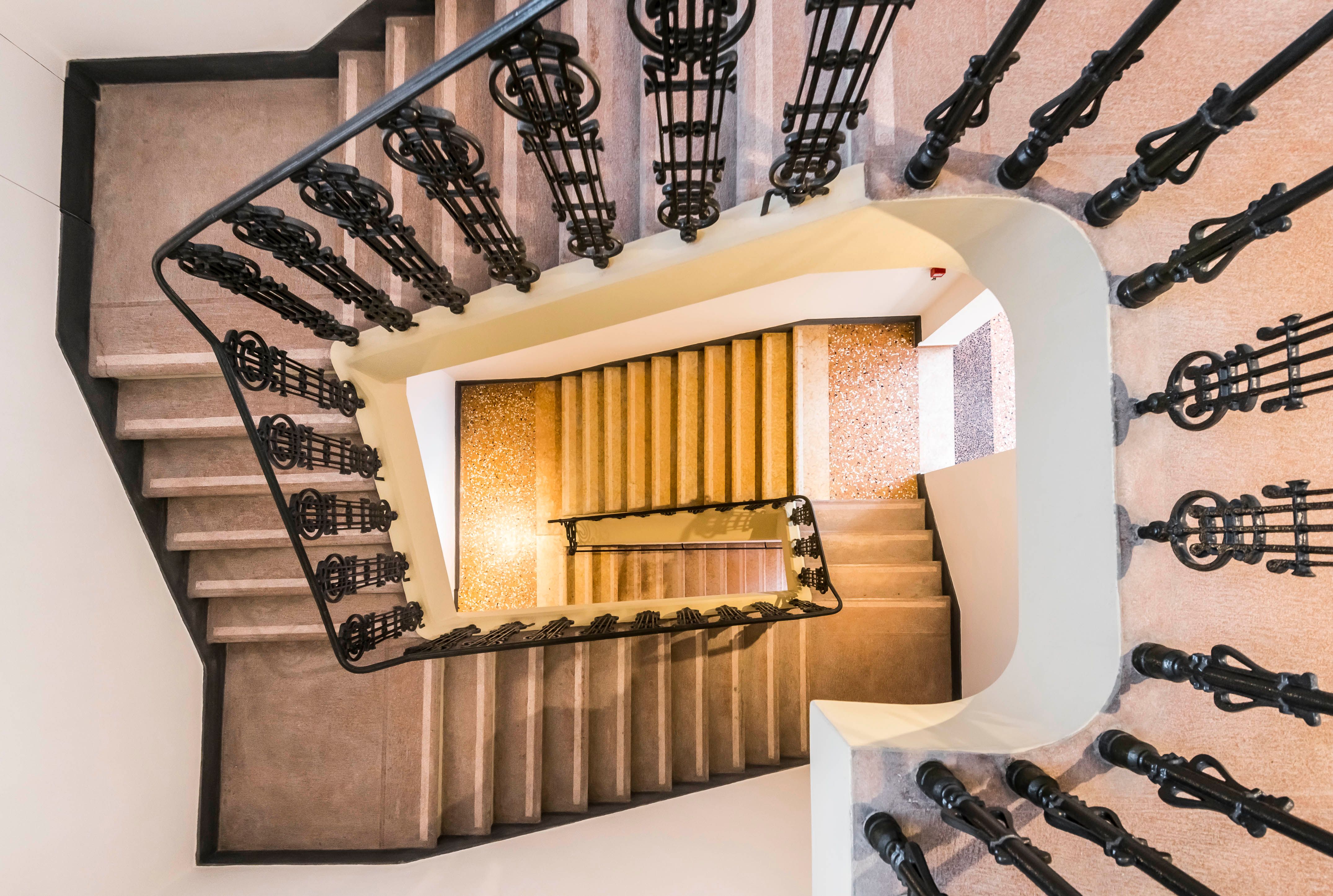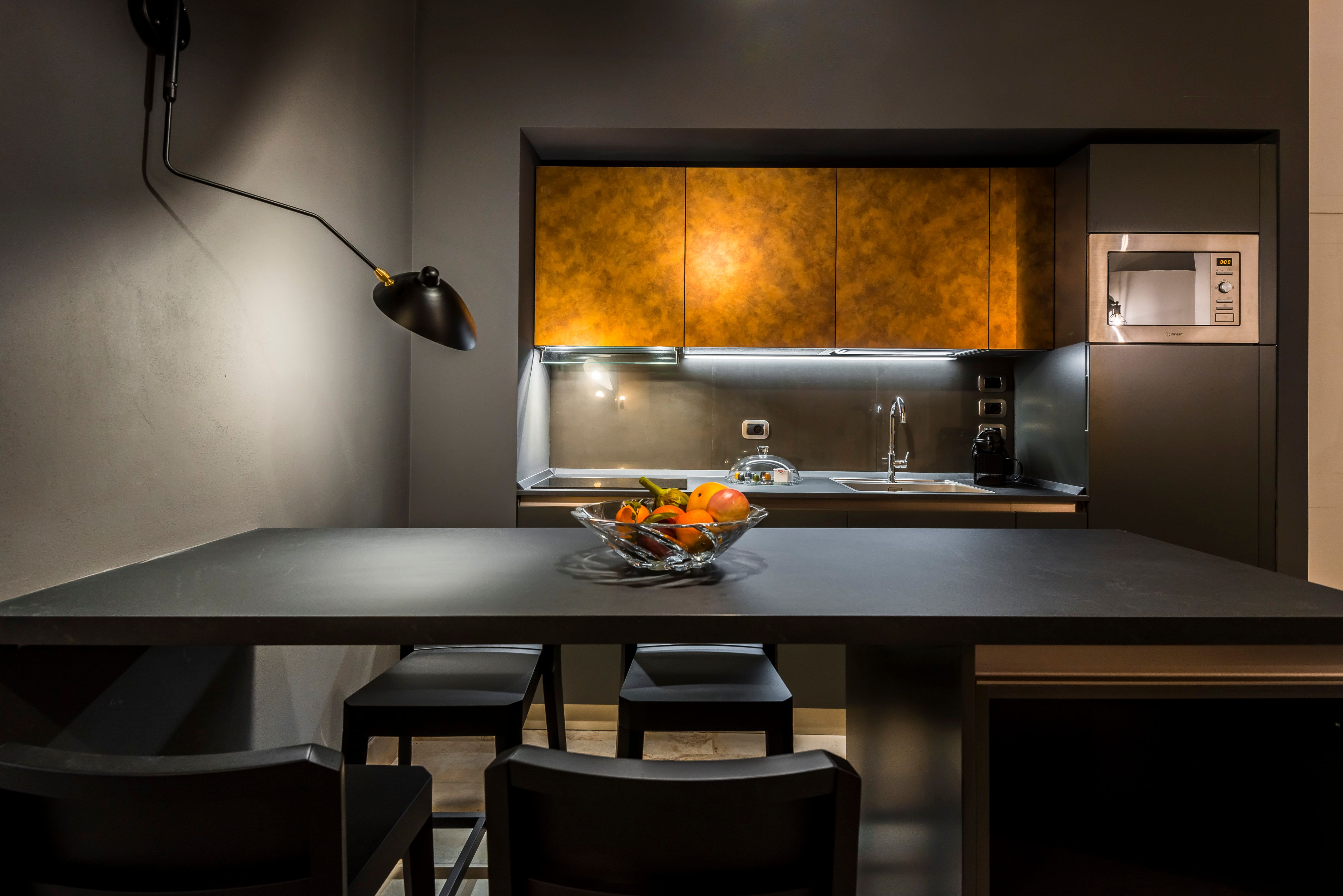

| CANVAS OF PLANS & DRAWINGS |
INTERIOR & DÉCOR, but with a twist |
| HOTELS & RESTAURANTS, beyond mainstream |
Notes on ART |
| Into big AFFAIRS | INSIDERS |
| GLIMPSES | |
Keywords:
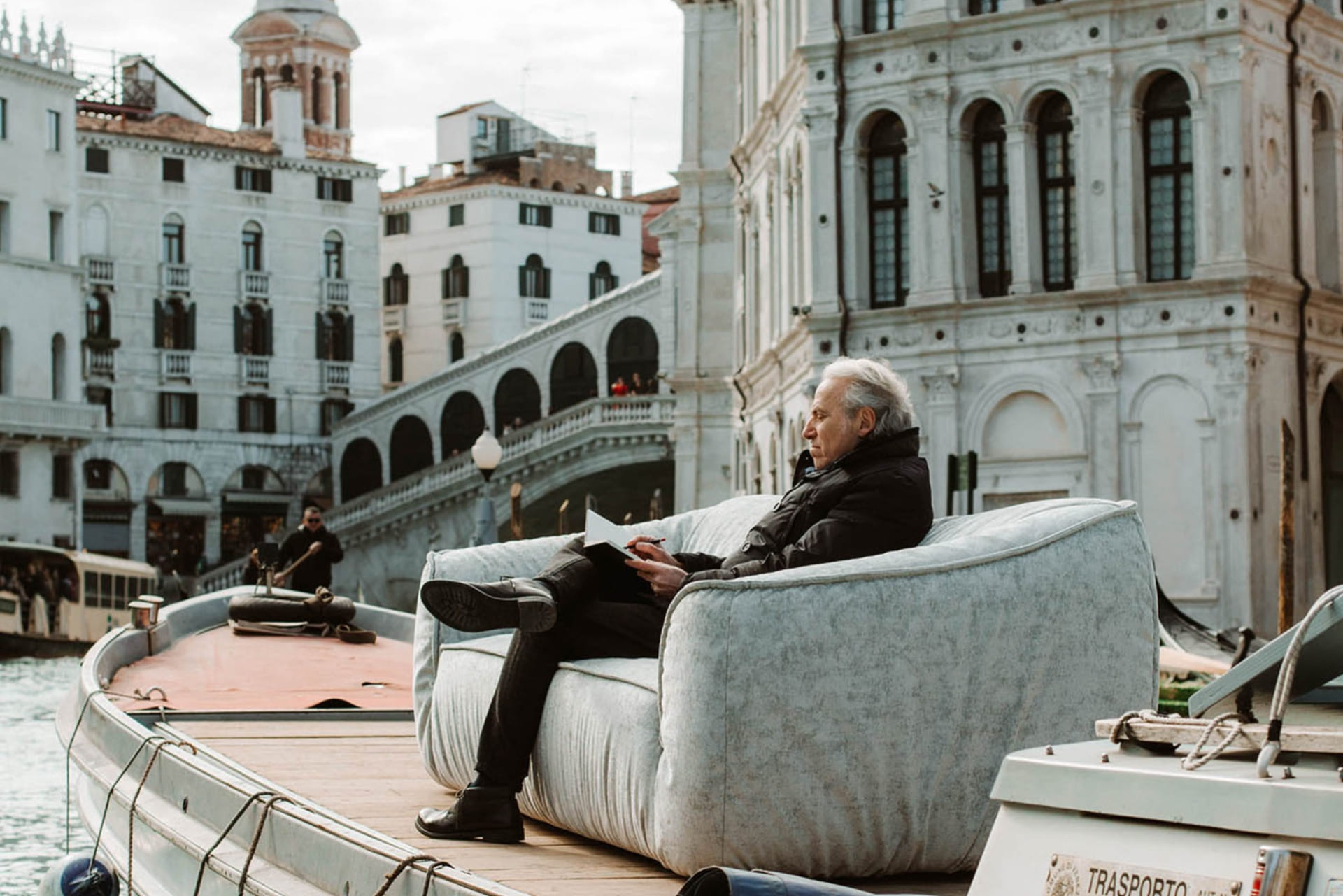
When I started approaching the design field, architecture was a subject not strictly related to the architect formation. By this, I mean that it was easier to direct the constructive part towards projects related to design, furniture and interior. There was indeed a sort of invisible line, so that the whole innovation part could not enter the world of architectural design. In Europe, the recognition of the architect as a figure able to combine the technical with the humanistic, arrived late. The vision that we have in Italy today regarding the profession of architecture is due in particular to some fundamental figures: Giancarlo De Carlo, Aldo Rossi, Ettore Sottsass, Alessandro Mendini and Renzo Piano. They have legitimized the figure of architect as a value element within the design process.
It all began when Paolo Portoghesi paved a new way with the first edition of the Venice Architecture Biennale in 1980. On this occasion he invited twenty international architects to reflect on the relationship between past and present in architecture. The novelty was the communication of an architectural awareness in the evolution of urban design. Thus, no longer a technical-only response to a design problem, but a response also in terms of language and proxemics relationship. It is a passage that has been called postmodern, but that was essentially the consciousness of architecture as part of a social debate.
